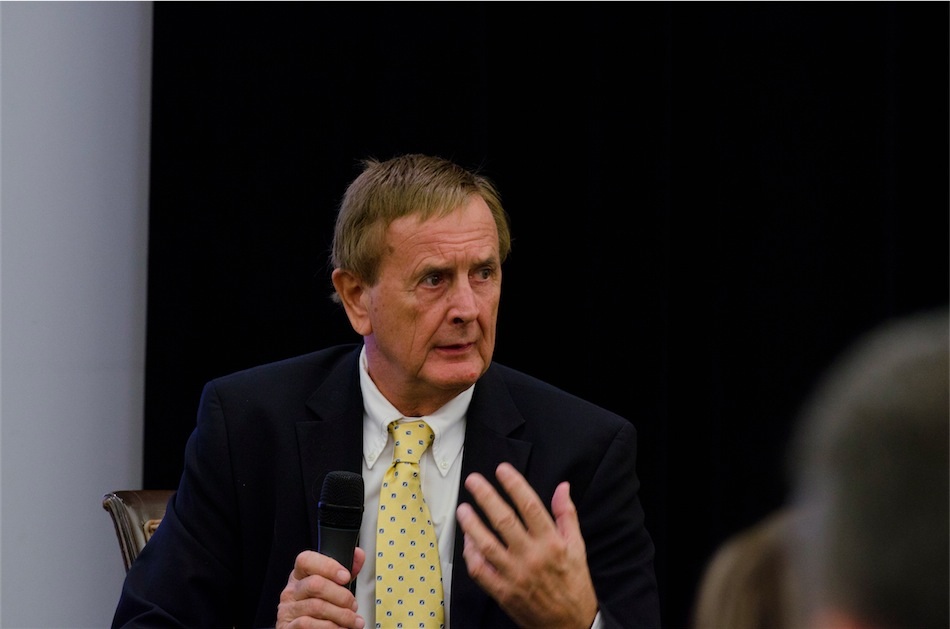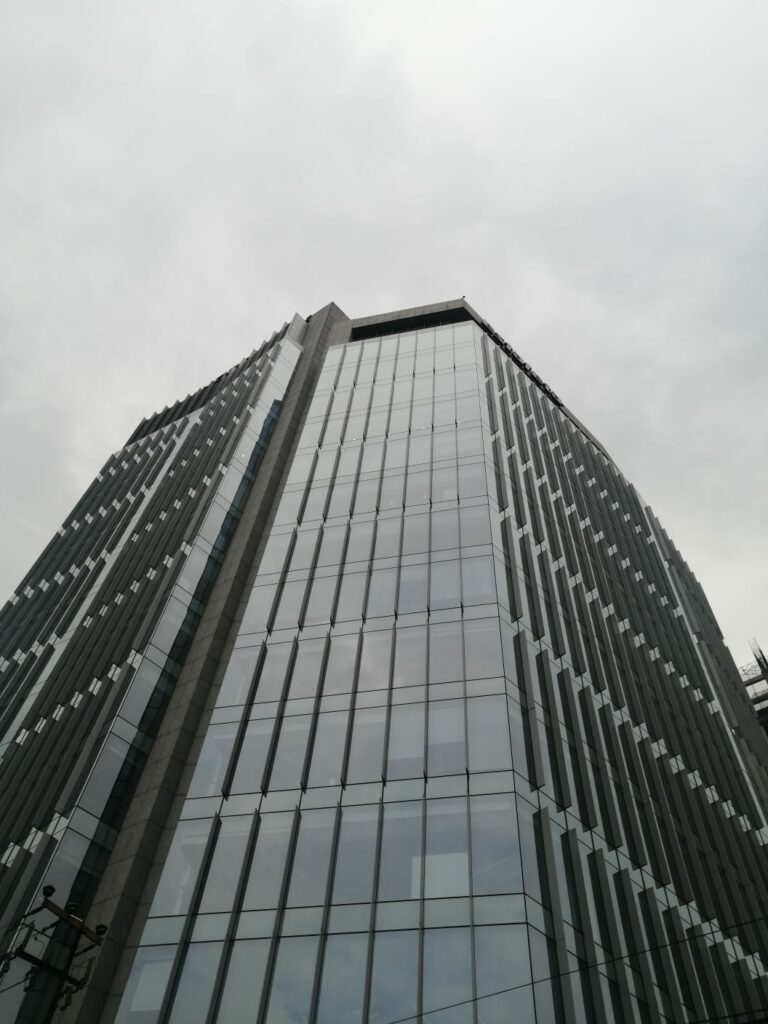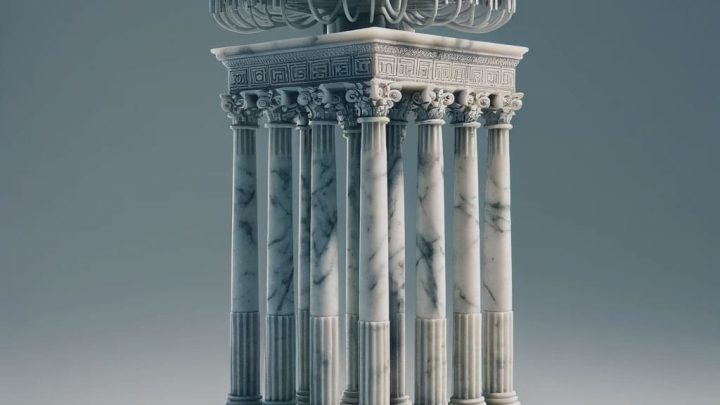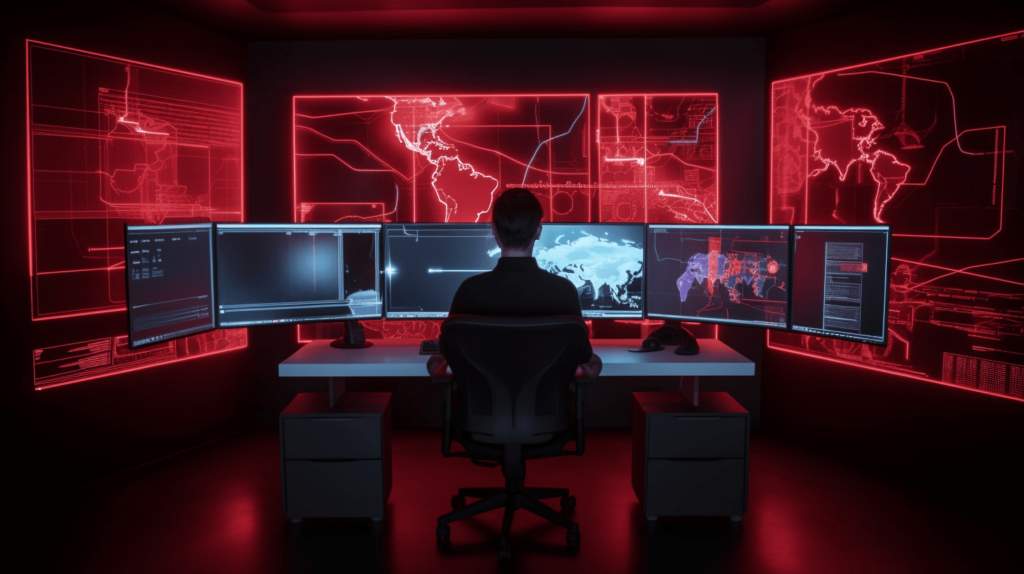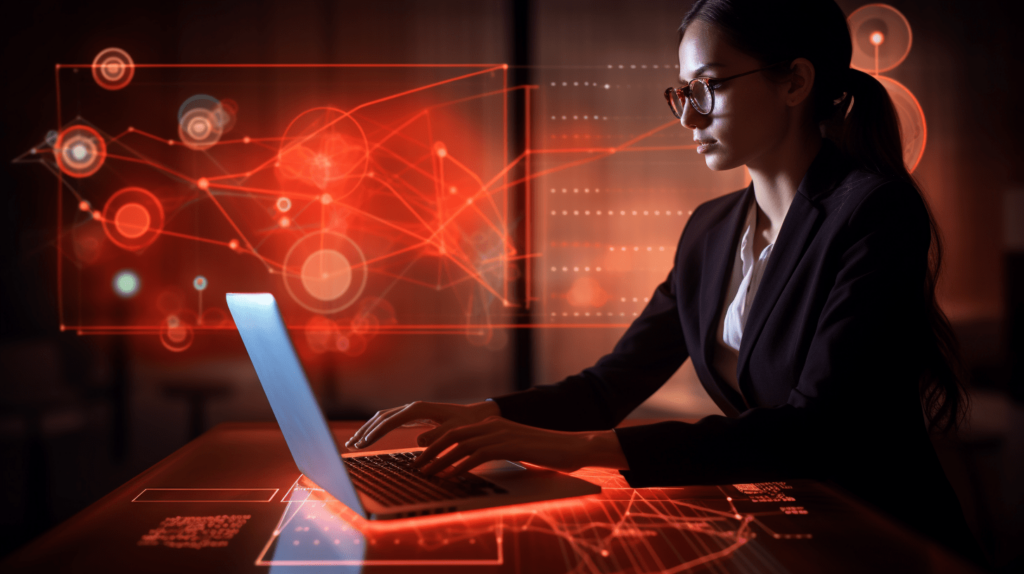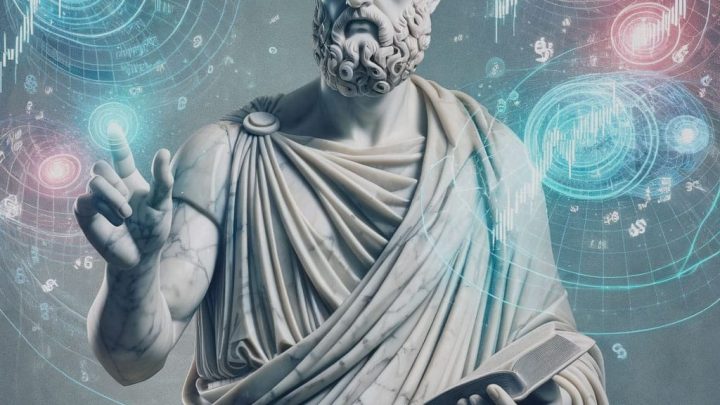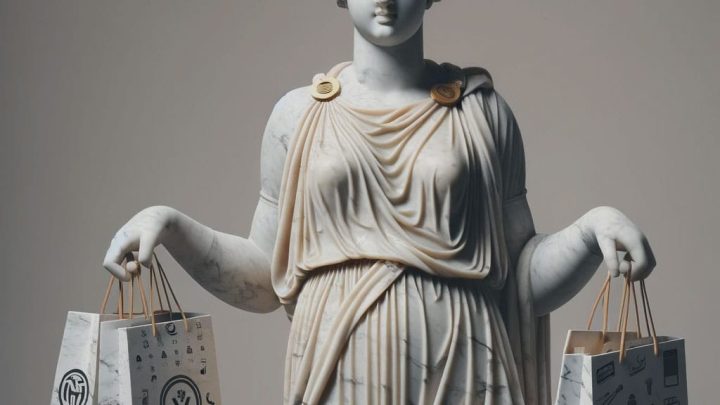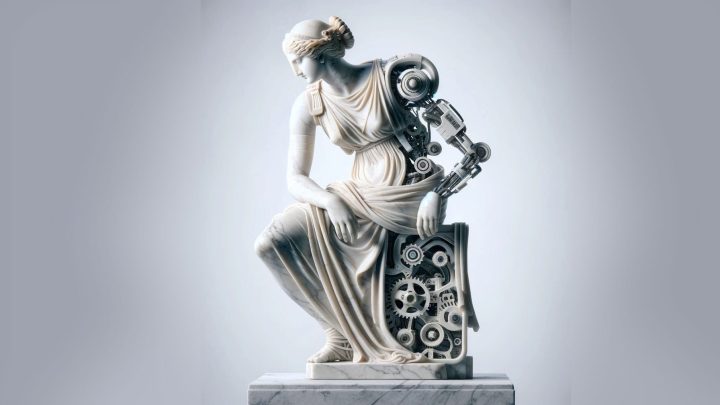The tremendous impact of the coronavirus is altering the world for all of us in many ways. No one, including organizational leaders, knows what to do next, where this is going or when it will end. It could be six months or longer before we get back to anything normal and this new normal is expected to include pocket resurgences of coronavirus around the world. The situation we are in might be closer to World War II in magnitude than anything we have had to deal with since. I have worked in the trenches for more than 50 years and the current state of our world has me reflecting on other crises we have faced. We will all get through the next months and years together and out of it will come a new normal. We will innovate. We always do.

The coronavirus situation has me thinking about uncertain times that followed other terrible global events. For what it’s worth, I want to share a story about how the leader of a client organization of ours responded innovatively after the horrific events of September 11, 2001 by starting with the problem, “I don’t know what to do next.”
As CEO and Board Chairman of a global aerospace and airplane engineering company, he was seeing a huge threat to the viability of his company in the aftermath of 9/11. While the company had built itself a great reputation in the aerospace and aircraft field, with 28 business units making parts and systems for a variety of customers, the terrorist attack caused demand for flights to drop, resulted in a number of airlines declaring bankruptcy and no one knew what the impact would be on future aircraft sales. The company’s stock lost more than 80 per cent of its value overnight. Normal strategies and practices could no longer be counted upon to ensure the survival and future viability of the company.
Rather than “hunker down” into a defensive shell, the company made a deliberate decision to use innovation to rebuild. Here’s how. The leader quickly called the top seven senior executives to a meeting and told them, “I don’t know what to do next.” His admission of this problem triggered the team to turn to its innovation training. Relying on a proven innovation process, the team launched into fact finding, then challenge finding, then challenge mapping to develop a strategic plan for moving forward. They identified two higher level challenges as goals supported by four challenges that would drive their business for the next year or more and restore the price of their stock. The goals were: “How might we increase our top line and earnings growth?” and “How might we get the Wall Street analysts excited about our future?” Below these goals were four supporting challenges which were more specific: (1) How might we commercialize more new products every year?; (2) How might we take advantage of the current low stock market prices (of other companies to build up our own sales volume?); (3) How might we change our business mix to improve consistency? (there were gaps in their menu of offerings); and (4) How might we increase cash flow to 100% of net income? (up from the current 80%). They then engaged inter functional and inter divisional teams across the company to begin solving these four key challenges.
The innovation process helped them create and commit to a bold strategic plan. The company became even stronger as a result of the crisis. The stock price was restored in less than two years and the business continued to grow steadily for years to come. So why do I tell this story? Most of us remember the impact of 9/11 and how it reshaped the world we live in. We all felt shell-shocked and uncertain as to all the unknowns in front of us. Starting with a fuzzy challenge like “I don’t know what to do next” is okay. You need a starting point, a problem even as loosely defined as this is something to start fact finding around.
Over my lifetime, I’ve seen a lot of upheaval and amazing innovation in our world. I have no doubt that some amazing innovations will be made in the days ahead, as we come together as one global community. Stay safe but more importantly, stay positive — we are all innovators who can and will rise up during a crisis.
